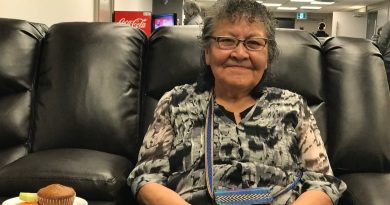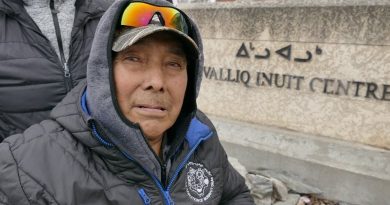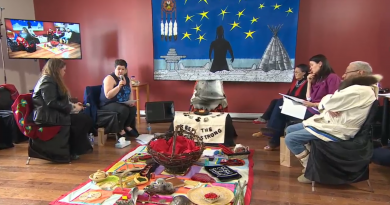Canada’s military launches scaled down annual Arctic exercise
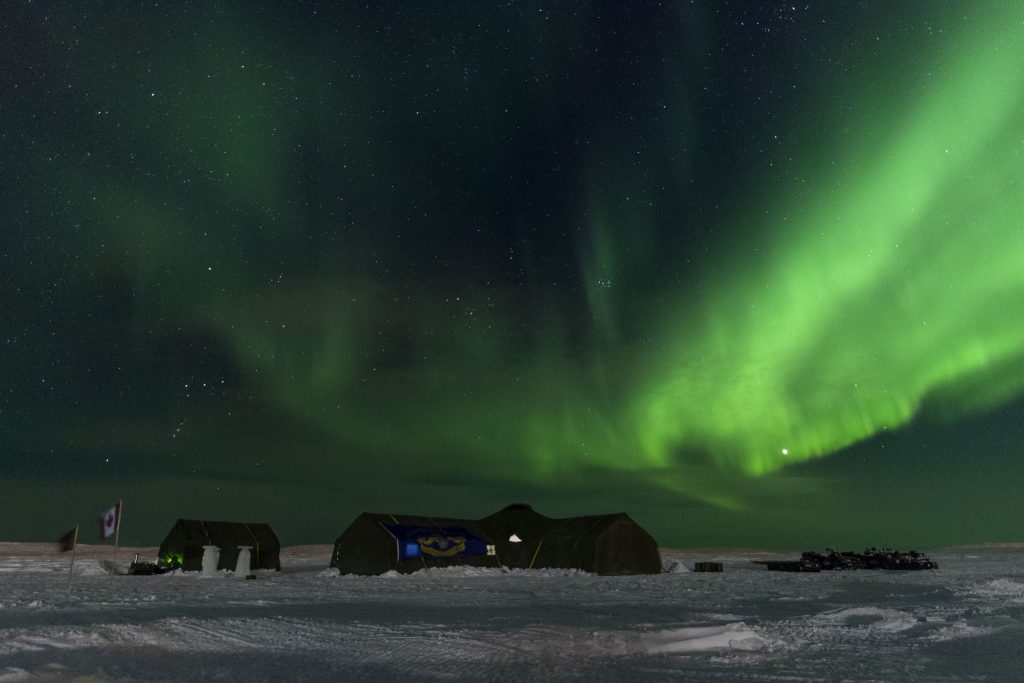
(Cpl. David Veldman/Canadian Armed Forces Photo)
About 160 Canadian soldiers are taking part in a scaled down version of the annual Arctic exercise Operation NANOOK-NUNALIVUT 2021 in the Northwest Territories (N.W.T.) as the COVID-19 pandemic and the plummeting mercury have seemingly conspired to test the military’s ability to operate in the North.
The exercise kicked off over the weekend in the territorial capital of Yellowknife, which houses the headquarters of Joint Task Force North, one of six regional joint task forces of the Canadian Armed Forces (CAF) that covers military operations from the sub-Arctic regions of Canada all the way to the High Arctic.
“Despite the challenges of operating in a COVID-19 environment, the CAF remains committed to enhancing our capacity to conduct operations in the Arctic and the North, and enhancing our ability to respond to a variety of situations in the region,” said in a statement Lt.-Gen. Christopher Coates, Commander of the Canadian Joint Operations Command.
Brig.-Gen. Patrick Carpentier, Commander of Joint Task Force North (JTFN), said the exercise, which began on Feb. 27 and will wrap up on March 7, hones the military’s ability to operate in challenging environments while demonstrating a consistent presence in Canada’s North.
“This year’s activities will provide an opportunity for us to adapt to and contend with a new reality of operating in a COVID-19 environment, while continuing to strengthen our collective understanding of this vital region,” Carpenter said in a statement.
Adjusting to pandemic
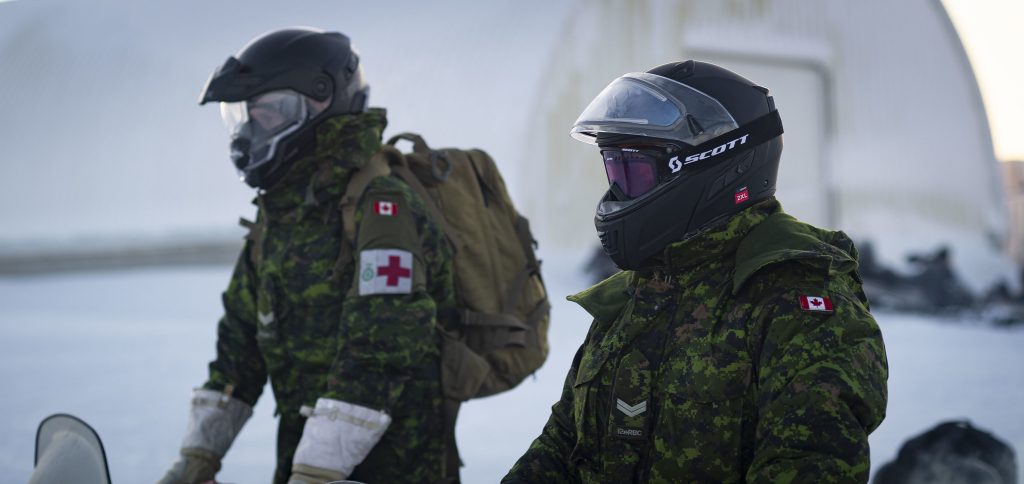
Lt.-Col. Stephen Burke, director of operations at JTFN, told Radio Canada International that the ongoing pandemic forced the military to make a number of adjustments to ensure the safety of troops and the local population.
The number of troops participating in the exercise varies from year to year depending on the amount of international participation, Burke said.
“Sometimes we can be up to 300 or 400 people, this year we were hoping to get up to about 240 and then just due to the continuing effects of the pandemic we ended up at about 160,” Burke said.
The exercise includes personnel from the CAF’s Regular and Reserve Force.
The bulk of the troops come from Newfoundland and Labrador, but there are also members of the 1st Canadian Ranger Patrol Group, Canadian Army combat divers, as well as Royal Canadian Navy divers from the Atlantic and Pacific fleets.
There is also personnel and resources from the Royal Canadian Air Force participating in the exercise.
It’s all about ‘bubbles’
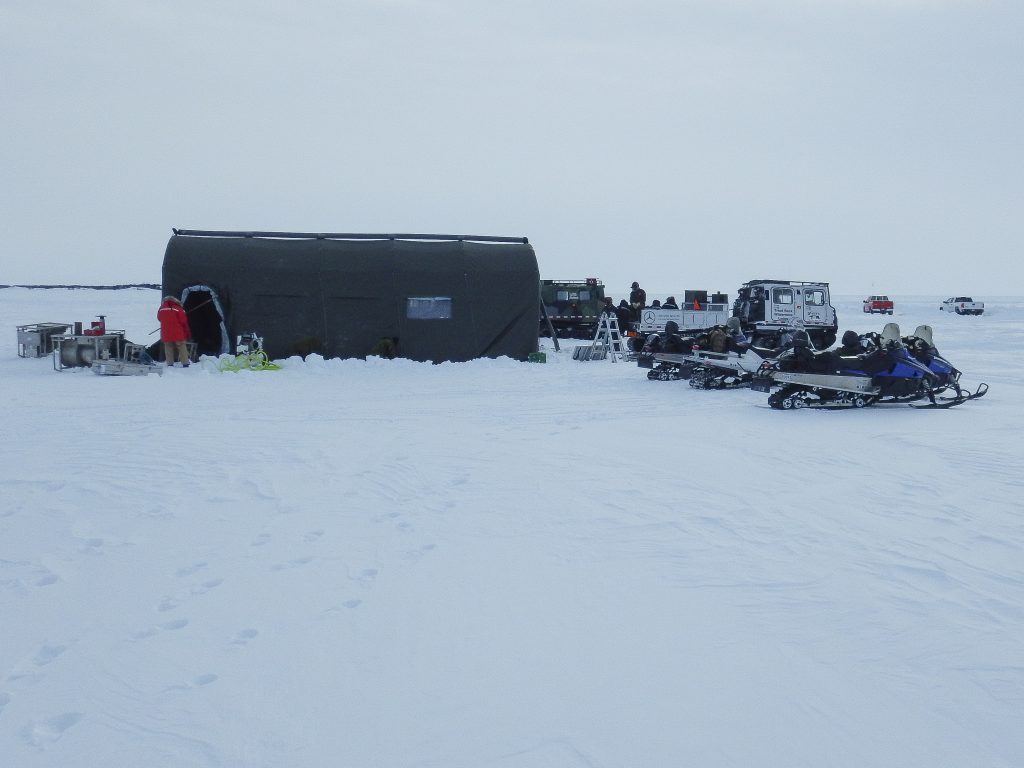
Burke said the bulk of the planning for the exercise was taken up by coming up with measures to ensure that the soldiers are safe themselves and do not inadvertently introduce the virus into one of the remote northern communities.
With advice from medical experts and epidemiologists, the military has developed a “bubbling concept” for the exercise, he said.
There are three distinct colour-coded “bubbles”: red, blue and green, Burke said.
The red buble consists of people who haven’t done any quarantine prior to arrival and who have to be separated in their own bubble.
The blue bubble contains all the people coming from the Maritimes to make sure that they don’t interact with anyone else. And the green bubble includes soldiers who live in Yellowknife.
“There is very strict physical distancing to make sure there is no cross contamination,” Burke said. “Further all the people who came up to support in either the green or the blue bubble, they had to do two weeks of isolation when they came in.”
The troops are being housed in a self-contained facility that can accommodate about 200 people.
Exercise organizers have also limited the size of groups and the number of people who can stay in one tent to minimize the risk of transmission, he added. Commanders are also maintaining strict measures on interaction between any of the bubbles and the locals.
“One of the tasks that the Ranger Patrol Group had was actually to provide a cordon, a buffer between the soldiers who are coming from outside of Yellowknife to make sure that there is no possible interaction with some of the locals,” Burke said.
“We take COVID very-very seriously, and, frankly, it’s one of our main objectives to show that we can operate safely in Canada while still following all of the pandemic personal protective measures.”
Training as usual
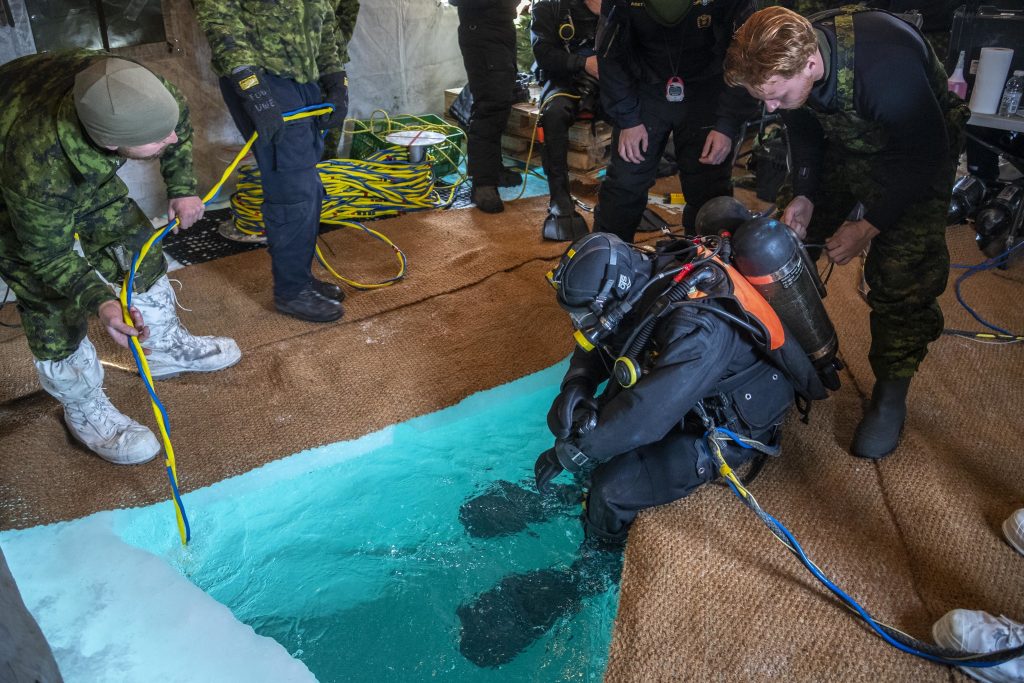
Despite these limitations, Canadian soldiers will carry on with normal training activities during the exercise, Burke said.
“To be honest, the only thing really that we haven’t been able to do would have been the international participation,” Burke said. “In other years, we would have had soldiers from other countries, where we’ve had joint and combined training, so we could have had people from the United States or France or Britain doing training with us, but, obviously they weren’t able to come, so that was the one thing we couldn’t do.”
Mother nature is also working to give soldiers from southern parts of Canada a taste of real sub-Arctic winter. Temperatures dropped to – 40 C as soon as soldiers from Newfoundland arrived, Burke said.
“They are definitely going to get an awesome training experience, it’s very-very cold,” Burke said. “Probably one of the main reasons for this whole training event is to really get people out there and get this not like normal cold that you get in Newfoundland or Nova Scotia, but like the really deep, dry, biting cold that exists up here.”
The exercise involves training for ice diving and underwater maneuvers; landing of CAF aircrafts on austere landing sites; long range patrols using Light Over-Snow Vehicles and dismounted patrols.
Related stories from around the North:
Canada: NATO’s Arctic dilemma: Two visions of the Arctic collide as NATO and Russia flex muscles, Eye on the Arctic
Finland: Finnish Defence Minister tells party leaders shrinking fighter fleet would be “irresponsible”, Yle News
Iceland: Iceland talks Arctic, Trump’s ditching of climate accord, with U.S. Secretary of State, Eye on the Arctic
Norway: Norway strengthens its Arctic military in new defense plan as security concerns grow in the region, The Independent Barents Observer
Russia: Russian hypersonic ‘Dagger’ demands rethink of North American defences, experts say, Eye on the Arctic
Sweden: Arctic Sweden to welcome thousands of international troops for Northern Wind exercise, The Independent Barents Observer
United States: NORAD modernization to dominate agenda of Canada-U.S. defence relations, experts say, Eye on the Arctic

